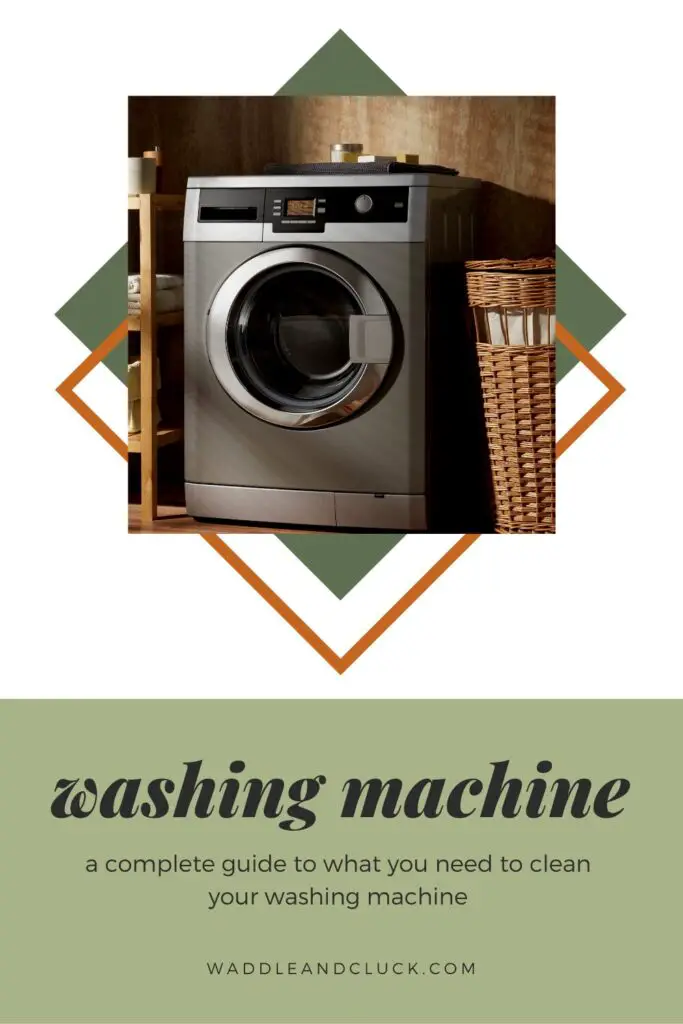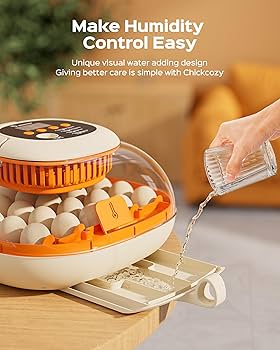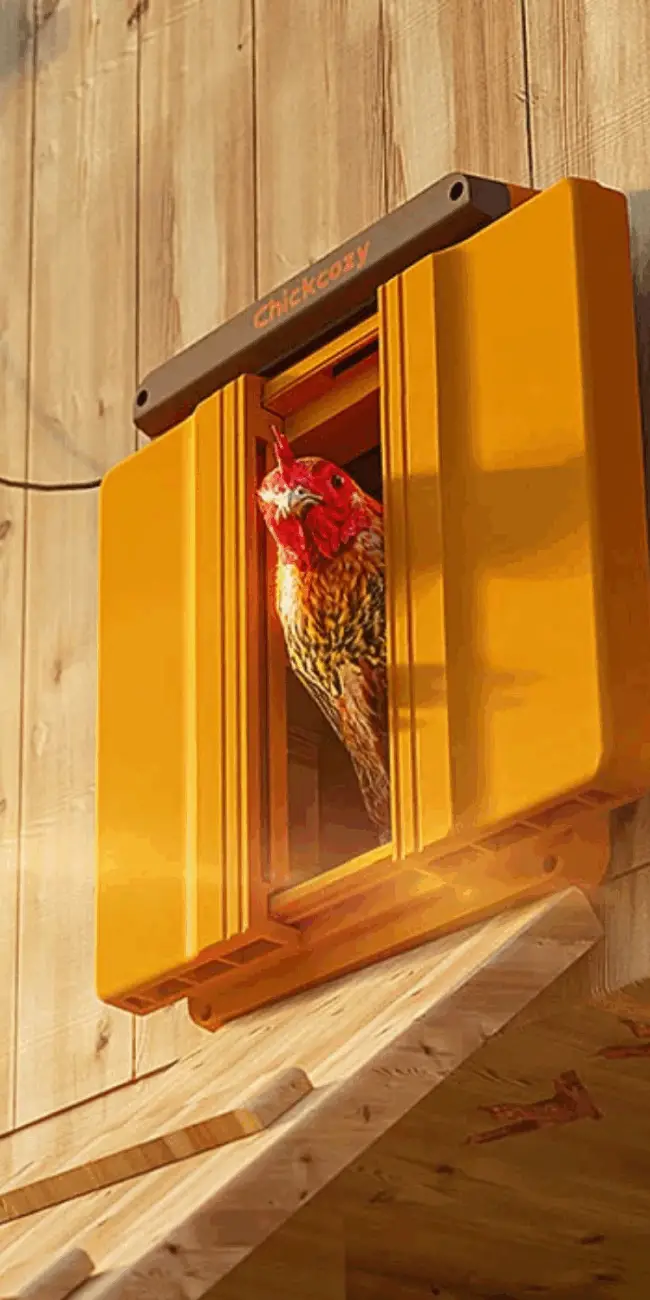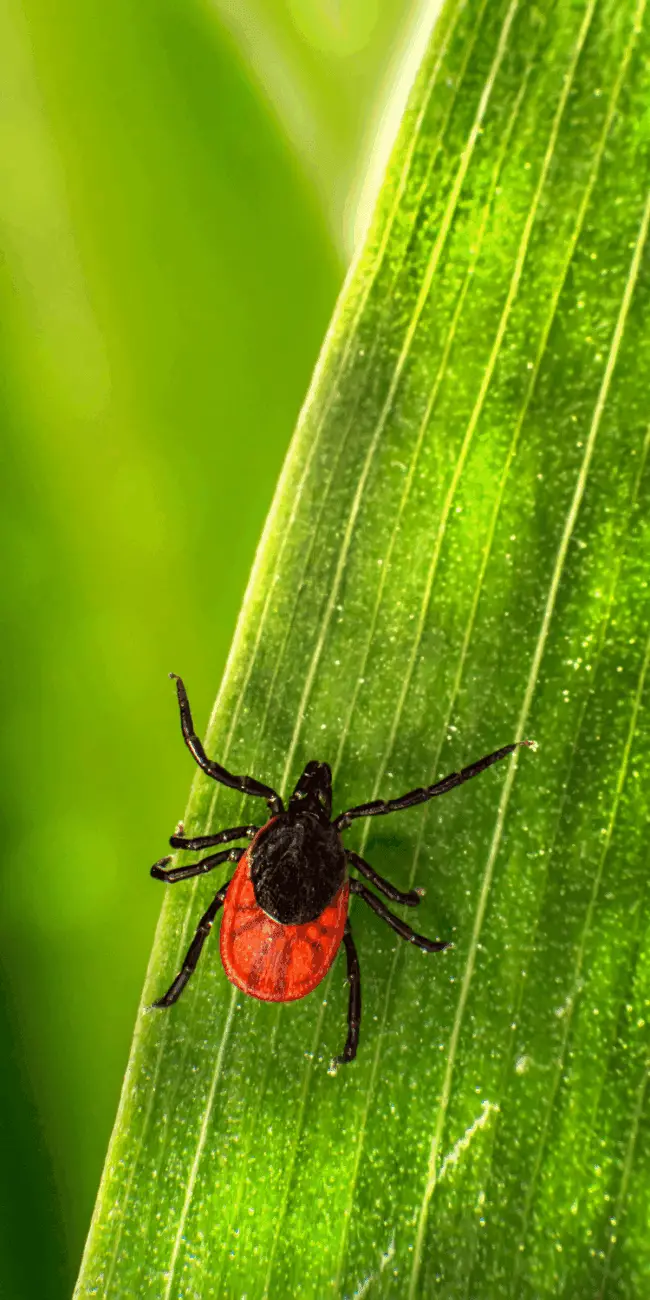Keeping your washing machine clean is essential to ensure your clothes come out fresh, clean, and bacteria-free. A build-up of dirt, grime, mold, mildew, and detergent in your washer can lead to foul odors, unsanitary conditions, and even machine damage if left unchecked. The good news is that cleaning your washing machine is an easy DIY task that doesn’t require expensive cleaners or professional services. Read on for how to clean a washing machine.

In this comprehensive guide, you’ll learn several effective methods to deep clean your top load or front load washer to remove residue and disinfect all components. With some basic household items and a little elbow grease, you can get your washer sparkling in no time!
How to Clean a Washing Machine
Supplies Needed
- White vinegar or citric acid powder
- Baking soda
- Old towels
- Bucket
- Scrub brush or toothbrush
- Rubber gloves
- Eye protection
- Unscented laundry detergent
Step 1: Prepare Your Washer
Before scrubbing away, you’ll want to prep your machine so any loosened dirt and grime don’t re-stick to the interior. First, grab any clothes still sitting in the washer and put them aside. Next, set your washer to its hottest cycle and largest load setting. Let it run empty for a minute or two to loosen particles.
As the cycle fills the drum with water, add 1-2 cups of white vinegar, citric acid, or bleach-free oxygenated cleaner which will help break down residue. For top load machines, sprinkle some baking soda directly into the basin as well. Allow the wash cycle to complete fully.
Step 2: Wipe Down Exterior
While the cleaning cycle does its job on the interior, tackle any dusty, dirty buildup on the outside of your washer.
Give the lid, control panel, vent, back panel, and exterior basin gentle scrub downs using warm water, diluted detergent/vinegar, and a soft scrub brush or toothbrush.
Carefully dry all surfaces with a towel once wiped down.
Step 3: Clean Top Load Wash Basin
Now comes the hands-on part – scrubbing away all the gunk. If you have a top loader, cleaning this component is easier since you have direct access to the basin.
Start by removing any visible clumps of dirt, lint, cleaning agents with gloves and paper towels.
Sprinkle baking soda liberally around the basin and use a scrub brush dipped in warm vinegar solution to scour the basin, center agitator, and running grooves. The fizzing reaction helps dissolve soap scum and stains. Rinse clean with a garden hose nozzle if possible.
Step 4: Disinfect Front Loader Rubber Seal
Front loaders require a bit more effort since their door seals prevent direct basin contact. Luckily, the rubber gasket around the door catches most of the grime. Remove any coins, pens, buttons or other objects wedged around the seal.
Apply either oxygenated bleach cleaner or diluted vinegar solution directly to the seal and use an old toothbrush to scrub vigorously. Vinegar’s acidity kills mold and mildew hiding in the folds. Make sure no cleaning liquids drip into the detergent dispenser or interior while scrubbing!
Step 5: Deodorize Drum
Unpleasant scents coming from your drum are likely mildew growths feeding on built-up moisture, dirt, and detergent. Beat bad odors by sprinkling a drain insert cup full of baking soda directly into the empty basin.
If using vinegar, pour into the detergent drawer instead of direct contact with soda to avoid overflow. Run the hottest water setting for a full cycle and the heating element will naturally refresh and deodorize the interior.

Step 6: Deep Clean Drain Pump Filter
For front load units especially, accessing and clearing the drain pump filter regularly is a must. Using gloves, unscrew the tiny filter cover along the washer’s bottom front.
Be prepared for some excess water spillage. Remove any thick debris clogging the pump basket before wiping clean. Make sure the impeller device spins freely.
Reattach filter cover once clear and give the rubber seal an antibacterial wipe down.
Step 7: Leave Door Open After Cycles
Moisture and poor ventilation breed molds in front loader doors and seals, creating black film and foul smells. Combat this environment by always leaving the door ajar for at least 30 minutes between cycles so residual water evaporates faster.
Monthly cleaning with diluted bleach keeps microbes at bay. Alternatively, run a hot rinse cycle weekly – no detergent needed!
Step 8: Finish Up Loose Ends
Before loading your next batch of laundry, finish cleaning by dumping any remaining water and wiping excess moisture from barrel and detergent tray. Replenish reservoirs or trays with proper laundry agents according to machine and manufacturer instructions. Enjoy fresh, clean cycles going forward!
Alternative DIY Cleaning Solutions
If you’re keen to avoid harsh chemicals in your washer cleaning for health or environmental reasons, several household staples make excellent non-toxic cleanser substitutes:
Lemons – Acidic and antimicrobial citric acid cuts through soap scum. Juice lemon halves directly into the drum or detergent drawer.
Salt – Coarse varieties like kosher salt scrub dried-on dirt. Best combined with lemon juice and hot water.
Tea tree or eucalyptus oil – These powerful essential oils naturally attack mold and bacteria buildup. Add 10-15 drops to a hot vinegar wash cycle.
Hydrogen peroxide – Bubbly peroxide breaks down residue upon contact. Apply directly or mix with baking soda paste. Caution should be taken with bleach alternatives to avoid corrosion or damage to machine parts. Always spot-test small areas first.
Use dryer balls instead of dryer sheets.
Maintenance Tips to Prevent Dirty Washers
Consistency is key for preventing washing machine messes in the future:
- Leave door open after cycles: This allows moisture buildup to evaporate rather than getting trapped inside
- Don’t overload washer: Overcrowding drums gives dirt, grime, and bacteria more places to hide.
- Use less detergent: Too many suds can leave sticky residue behind for grime to cling onto. Follow manufacturer guidelines.
- Run cleaning cycles monthly: Choose your favorite DIY washer cleaning combo to routinely deep clean barrel, door, pump, and seals.
- Inspect seals & surfaces: Check all rubber fittings and drum surfaces for objects, leaks, or dark streaks regularly. Clean as needed.
How to Clean a Washing Machine
By giving your washer some TLC each month, you can head off bad smells, visible dirt, and long-term damage for good! Simply rolling up your sleeves and utilizing items already under your sink is an easy, eco-friendly way to tackle this essential cleaning chore. Give one or more of these DIY methods a try and keep your washing machine – and clothes – fresh and clean year-round!









